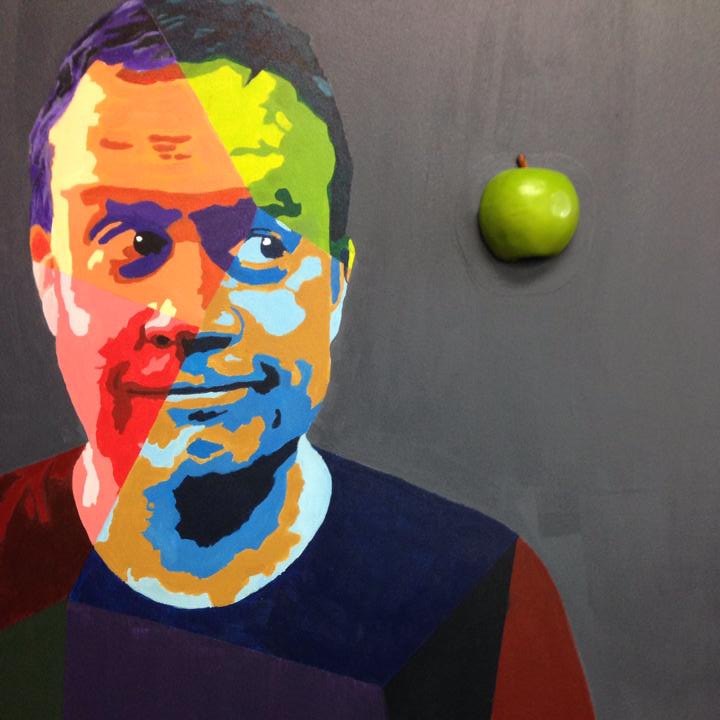By Craig McKinney, AVID Teacher and Staff Developer

I teach a class which requires students to read (and comprehend) a college-level textbook. The daunting reading assignments are the biggest hurdle I have to jump over as a teacher and the greatest challenge my students face.
Like many teenagers, most of my students have yet to figure out what it means to study. They barricade themselves in their rooms, put earphones in ears, crank up the music, turn on the TV, keep the cellphone handy to make sure they don’t miss a text or tweet, and then proceed to read the chapter. The next day, they complain that the chapter took them “forever” to read, and furthermore, “it was impossible to understand.” Imagine that.
Today in class, I gave them time to read and take notes on the homework that’s due tomorrow. No headphones. No talking. No cell phones. Just reading and note-taking.
When they complained about the headphones (“I study better with music”), I reminded them of the research that says the brain can’t do two things at once. According to John Medina on his Brain Rules website (and in his accompanying book):
“The brain is not capable of multi-tasking. We can talk and breathe, but when it comes to higher level tasks, we just can’t do it… Workplaces and schools actually encourage…multi-tasking. Walk into any office and you’ll see people sending e-mail, answering their phones, Instant Messaging, and on MySpace—all at the same time. Research shows your error rate goes up 50% and it takes you twice as long to do things. When you’re always online you’re always distracted. So the always online organization is the always unproductive organization.”
Aside from the fact that no one uses MySpace anymore, Medina makes some good points that our students need to hear. When reading challenging text, the brain comprehends best when it’s allowed to focus completely on the text itself without distractions—video, audio, sensory, or whatever.
My students spent 45 uninterrupted minutes reading and taking notes. At the end of the time, most of them said they were surprised at how much they understood and how much they were able to read in that amount of time. Imagine that!
Sometimes, people need to experience something to believe it. By removing the multi-tasking element so common to their everyday study experience, I allowed them to see the brain research in action, and I hope, to change the way they’ll study difficult material in the future.
Craig McKinney teaches Humanities at Shepton High School in Plano, Texas. A Dallas-area native, Craig attended Southwestern University in Georgetown, Texas, where he received degrees in English and sociology. He earned his master’s degree at the University of North Texas. During his 21-year teaching career at Shepton, Craig has taught English, Humanities, Latin, and the AVID Elective. As part of his contribution to Shepton’s AVID site team, Craig spreads AVID strategies schoolwide through staff in-services and by writing a weekly Wednesday WICOR email. When he’s not teaching ninth and tenth graders, Craig works as an AVID staff developer. He also bakes a mean loaf of sourdough bread, serves as an officer of his university’s local alumni association, and loves herb gardening, attending cultural events, and playing board games.